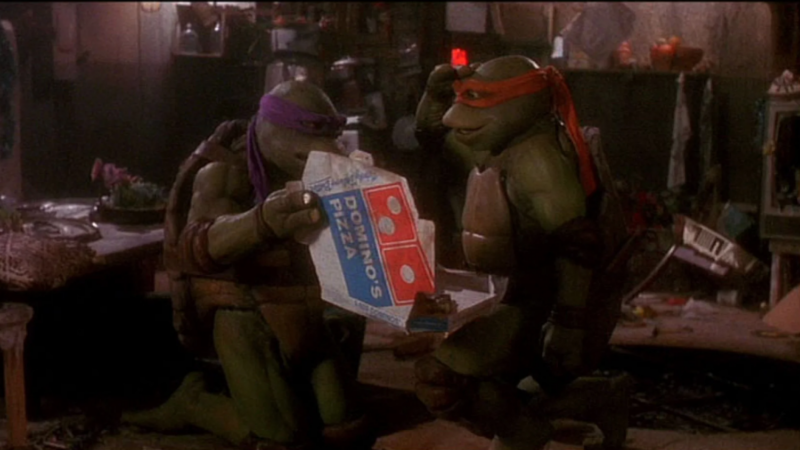May the best deal win – The Fast Food Lunch Wars of 2024 begin
In the last calendar year, Domino’s Australia has sold over five million of its My Domino’s Box, a Bento-box style lunch option that offers up one mini pizza, and two sides for $7.
Despite masquerading as a pizza chain, perhaps to lure any Ninja Turtles in the vicinity, Domino’s actually has a wide-ranging menu akin to a regional RSL. So these side options in the $7 box include churros, Dutch pancakes, meatballs, Hickory wings, popcorn chicken, garlic breads, and numerous other treats both sweet and savoury – 4,400 different combinations are possible in the My Domino’s Box, the company claims – meaning you could be mixing up lunch options every single day and not have to repeat until mid-2036.



Loved reading this, well done
Another nice piece of Nathan. IIRC just after the GFC the fast food outlets were pushing dollar deals – a small burger or something else that could be bought for a gold coin.